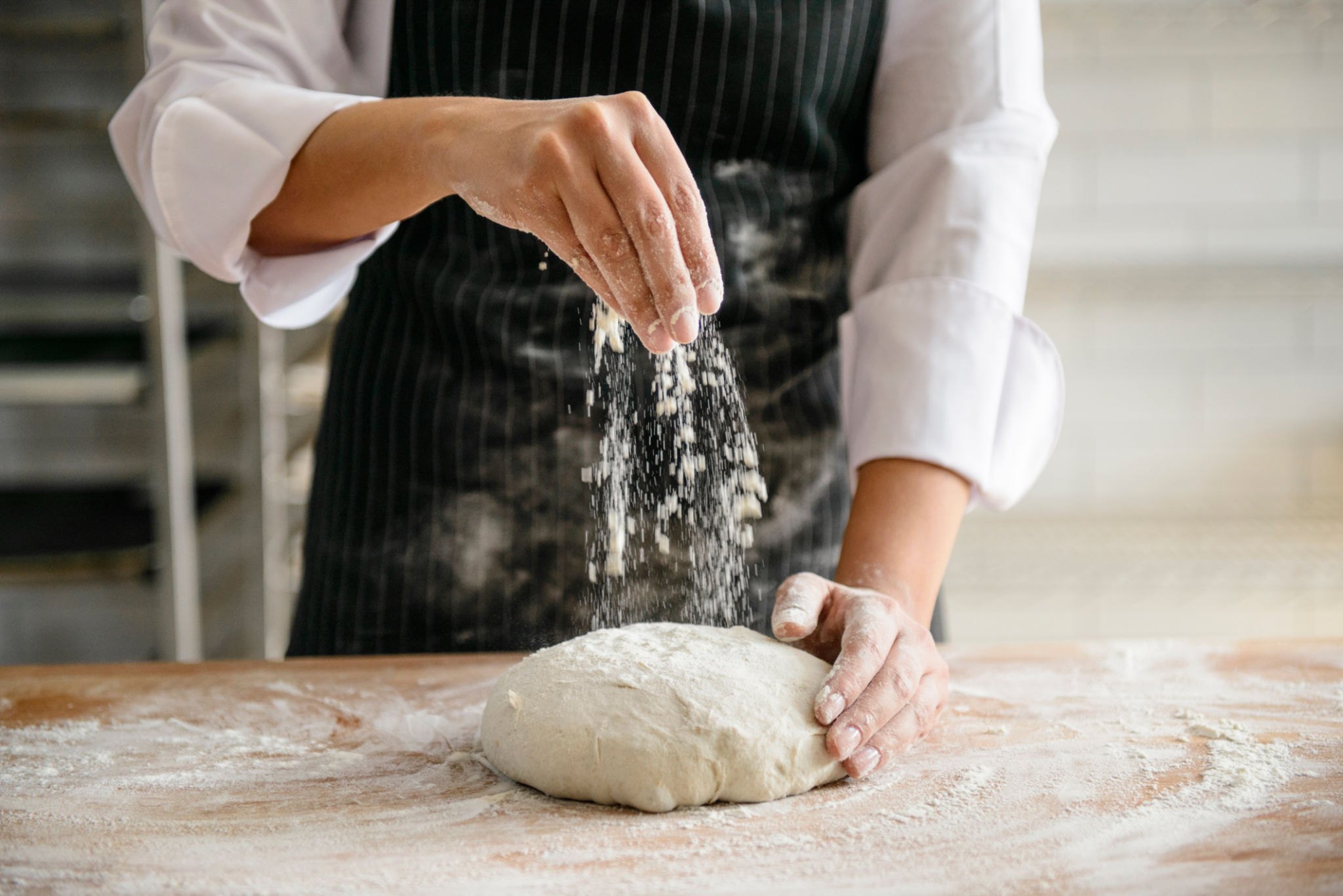Innovations in Pasta Making: Trends to Watch
The Evolution of Pasta Making
Pasta has been a staple in culinary traditions around the world for centuries. As a beloved dish, it continues to evolve with modern innovations that cater to changing tastes and dietary preferences. From ancient hand-rolled techniques to today's advanced machinery, the journey of pasta making is a testament to human creativity and adaptability.

Embracing Technology in Pasta Production
In recent years, technology has significantly transformed the way pasta is produced. Automated machines now handle every aspect of the process, from mixing and kneading the dough to cutting and drying. These machines ensure consistency and efficiency, allowing producers to meet high demands without compromising on quality.
One of the standout innovations is the use of 3D printing technology in pasta making. This technique allows for the creation of intricate pasta shapes that were previously impossible to achieve by hand or traditional machines. By pushing the boundaries of design, 3D printing opens up new possibilities for creative culinary presentations.
Health-Conscious Pasta Alternatives
As consumers become more health-conscious, the demand for healthier pasta alternatives has surged. Pasta makers are experimenting with a variety of ingredients, including whole grains, legumes, and even vegetables. These alternatives not only offer nutritional benefits but also cater to dietary restrictions such as gluten intolerance.
Chickpea and lentil pastas have become popular choices for those seeking high-protein, gluten-free options. Meanwhile, spiralized vegetable noodles, often made from zucchini or sweet potatoes, provide a low-carb alternative that doesn't skimp on flavor.

Sustainability in Pasta Production
Sustainability has become a key focus in the food industry, and pasta production is no exception. Producers are increasingly adopting eco-friendly practices to reduce their environmental impact. This includes using sustainable packaging materials and optimizing energy usage during production.
Moreover, some companies are turning to regenerative agriculture to source their ingredients. By prioritizing soil health and biodiversity, these practices not only contribute to sustainable farming but also enhance the quality of the final pasta product.
The Rise of Artisanal Pasta
While technology and sustainability are shaping mass production, there is a growing appreciation for artisanal pasta. These small-batch producers emphasize traditional methods and high-quality ingredients to create unique and flavorful products.
Artisanal pasta makers often collaborate with local farmers to source fresh, seasonal ingredients. This focus on locality not only supports regional economies but also ensures that each batch of pasta has its own distinct character.

The Future of Pasta Making
As we look to the future, the pasta industry will likely continue its trajectory of innovation and adaptation. Emerging trends such as plant-based diets and personalized nutrition will drive further experimentation with ingredients and production methods.
Ultimately, the innovations in pasta making reflect broader changes in consumer preferences and technological advancements. As long as there is a demand for delicious, versatile pasta, producers will continue to find new ways to innovate and delight food lovers worldwide.